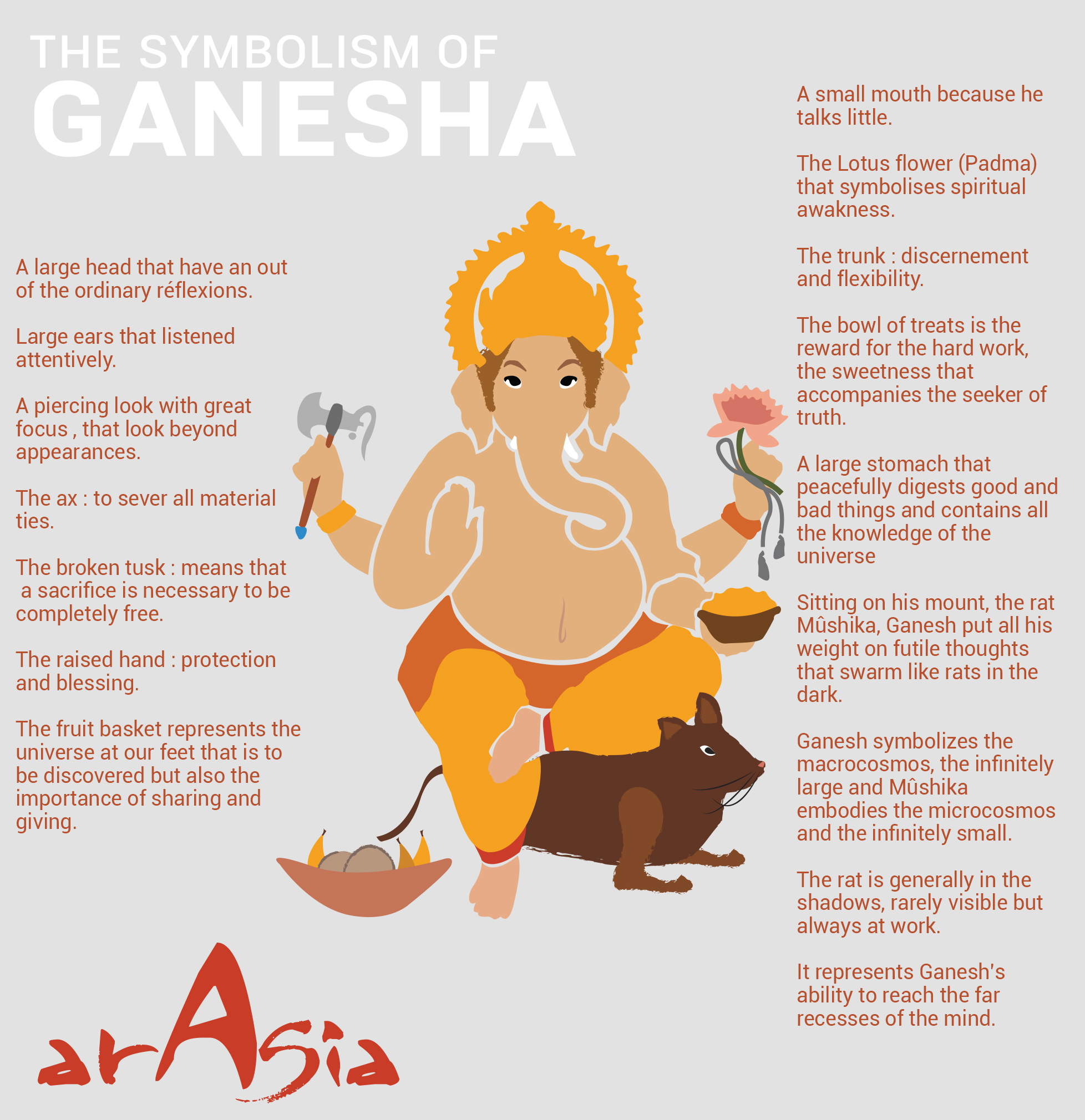Asian Symbols
There are many Asian symbols, here is a list of some of them:
The yin and yang: This symbol represents the balance and harmony between opposing forces in the universe.
The lotus: A highly significant flower in Asian culture symbolizing purity and spirituality.
The dragon: A mythical creature representing strength and power in Asian culture.
The phoenix: A legendary bird symbolizing rebirth and spiritual strength.
The kanji: A form of Japanese writing that uses complex characters to represent words and ideas.
The mandala: A Buddhist symbol representing the universe and harmony in existence.
The tiger: An important animal in Asian culture symbolizing power, courage, and protection.
Calligraphy: An Asian art form that uses stylized characters to write words and phrases.
The Boddhisattva: An enlightened being dedicated to helping others achieve enlightenment in Buddhism.
The sakura: The Japanese cherry blossom flower symbolizing beauty, life, and death.
The Aum symbol
Aum is the sacred syllable, the primordial vibration of the universe,
the origin of the creation.
Turiya (bindu) : The absolute truth which transcends everything, the universal and pure consciousness.
Maya: the veil of ignorance, of illusion, the link between the finite and the infinite.
Taijasa: The dreaming state, the active subconscious, the past, the subtle world.
Prajna: The sleeping state, the unconscious, the future.
Vaishvanara: The awakening state, the conscious mind, the present, the palpable reality.
The Yin Yang Symbol
The symbolism of the chakras
Sahasrara, the crown chakra, is linked to the Cosmos.
I understand: awareness, spirituality, infinite wisdom, knowledge, soul.
Ajna: the third eye chakra
I see: clairvoyance, intuition, choice, forgiveness, spirit.
Vishuddha: the throat chakra
I say: communication, fulfillment.
Anahata: the heart chakra
I love: self-acceptance, acceptance of others and of situations, generosity and love.
Manipura: the solar plexus chakra
I want: vital energy, achievement, freewill, personality.
Svadhisthana: the sacral chakra
I feel : creativity, inspiration, pleasure.
Muladhara: the root chakra
I am: stability, self-esteem, linked to the Earth.
The Tree of Life
The symbolism of Ganesha
A large head that have an out of the ordinary réflexions
Large ears that listened attentively
A piercing look with great focus , that look beyond appearances
The ax : to sever all material ties
The broken tusk : means that a sacrifice is necessary to be completely free
The raised hand : protection and blessing
The fruit basket represents the universe at our feet that is to be discovered but also the importance of sharing and giving.
A small mouth because he talks little.
The Lotus flower (Padma) that symbolises spiritual awakness
The trunk : discernement and flexibility
The bowl of treats is the reward for the hard work, the sweetness that accompanies the seeker of truth.
A large stomach that peacefully digests good and bad things and contains all the knowledge of the universe
Sitting on his mount, the rat Mûshika, Ganesh put all his weight on futile thoughts that swarm like rats in the dark.
Ganesh symbolizes the macrocosmos, the infinitely large and Mûshika embodies the microcosmos and the infinitely small.
The rat is generally in the shadows, rarely visible but always at work. It represents Ganesh’s ability to reach the far recesses of the mind.



.jpg)


.jpg)